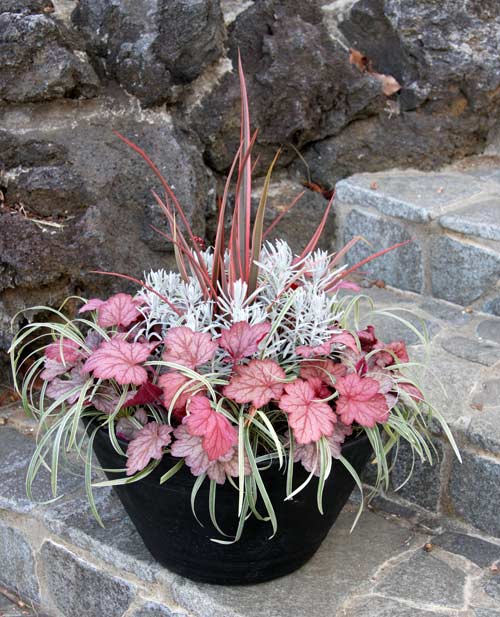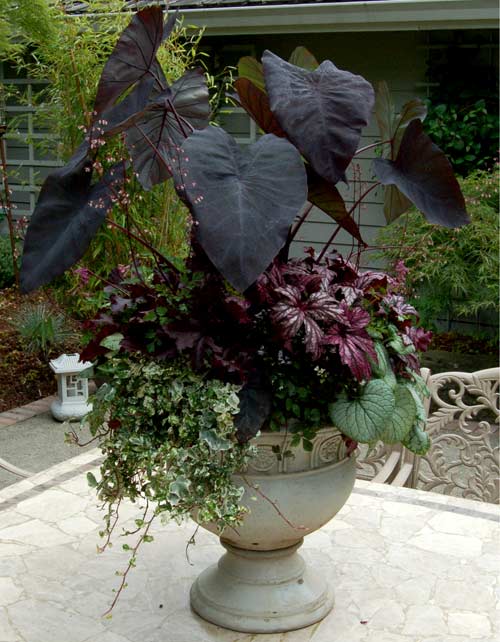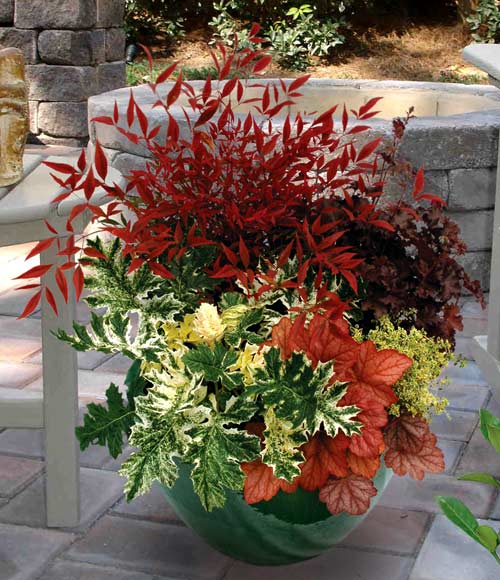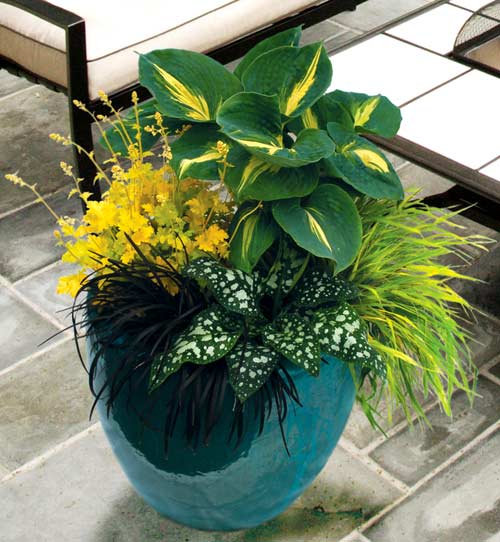The keynote speaker at this year's Wisconsin state Master Gardener Conference was Dan Heims, president of Terra Nova Nurseries, Inc., a company known for its many new introductions to horticulture. Terra Nova's breeding programs have produced many international gold and silver medal winners and 700 new plants to horticulture. These new plants are often hybrids, formed when Heims or someone else literally takes a paintbrush and dusts one plant with another’s pollen. The newbie with growing potential then gets pushed into a tissue-culture lab, where technicians with forceps and chemical augers coax along tiny green growth shoots.
Dan revels in the discovery of new plants and encourages more people to play in their gardens to explore the incredible genetic variations possible in the plant world. He fondly quotes Walt Disney "It's kind of fun to do the impossible".He is always on the lookout for new genera and hybrids. 'His job description dictates that he must "travel the world and seek the newest perennials".'
Dan made 2 presentations, “Right Plant- Right Place” Plant Solutions for Problem Areas and "Perennials for Containers".
Some of his containers that caught my eye:




Notes from Dan's presentations on successful container gardening with perennials:
- good drainage is essential-Dan uses pumice-make sure the soil mix is not too peaty-over-watering probably kills more plants than under-watering.
- perennials use much less fertilizer than annuals, so use slow-release fertilizers as they will last all season and rarely burn the roots.
- "marriage of plant to pot"-appropriate container reflects shape(s) of plant(s)
- practice the "Dan Heims Mathematical School of Plant Combination" or DHMSPC . It ascribes a point for each attribute a plant lends to a pot. Points are awarded to texture, architectural value, shape, color, flower, fragrance, seasonal color change, evergreen nature, drama, contrast…
- think of the spot and colors where the container will be placed and choose the container first-then start with the boldest, most architectural plant, and work the other plants to fill in around it while complementing and contrasting with color and texture
- contrasting colors (color echoes move the eye, green relaxes the eye)
- contrasting textures-fine with bold, container can pick up texture of plant(s)
- consider final size of plants (shorter, well-branched plants are less prone to breaking in the wind)
- determine which plants are "bullies" and which "play well with others" under your conditions
- consider using water plants if a container (ie "King Tut") using donut circles to keep mosquitoes away
- don't always need to have plants in a container-containers can make a statement on their own
- extrapolation-consider background when locating pots (tree trunk, bamboo mat,…)
- rebar inserted through hole in in bottom of pot down into soil can help prevent a pot from tipping in windy conditions
- soil temperature in a container will approximate the surrounding air temperature, so plants in containers will need additional protection (move to garage or basement, surround with packing peanuts, wrap with bubble wrap,…)
- perennials can be planted in the garden after their "container year" is over or divided the next spring to fill up even more containers.
- keep plants nearly dry over the winter-cool not too cold-watch for botrytis
- when bringing plants out of dormancy: do not bring directly into a warm house, water gently & wait until active growth of begins before fertilizing (Note: do not fertilize roses until foliage is at least 5-6"
.jpg)
No comments:
Post a Comment